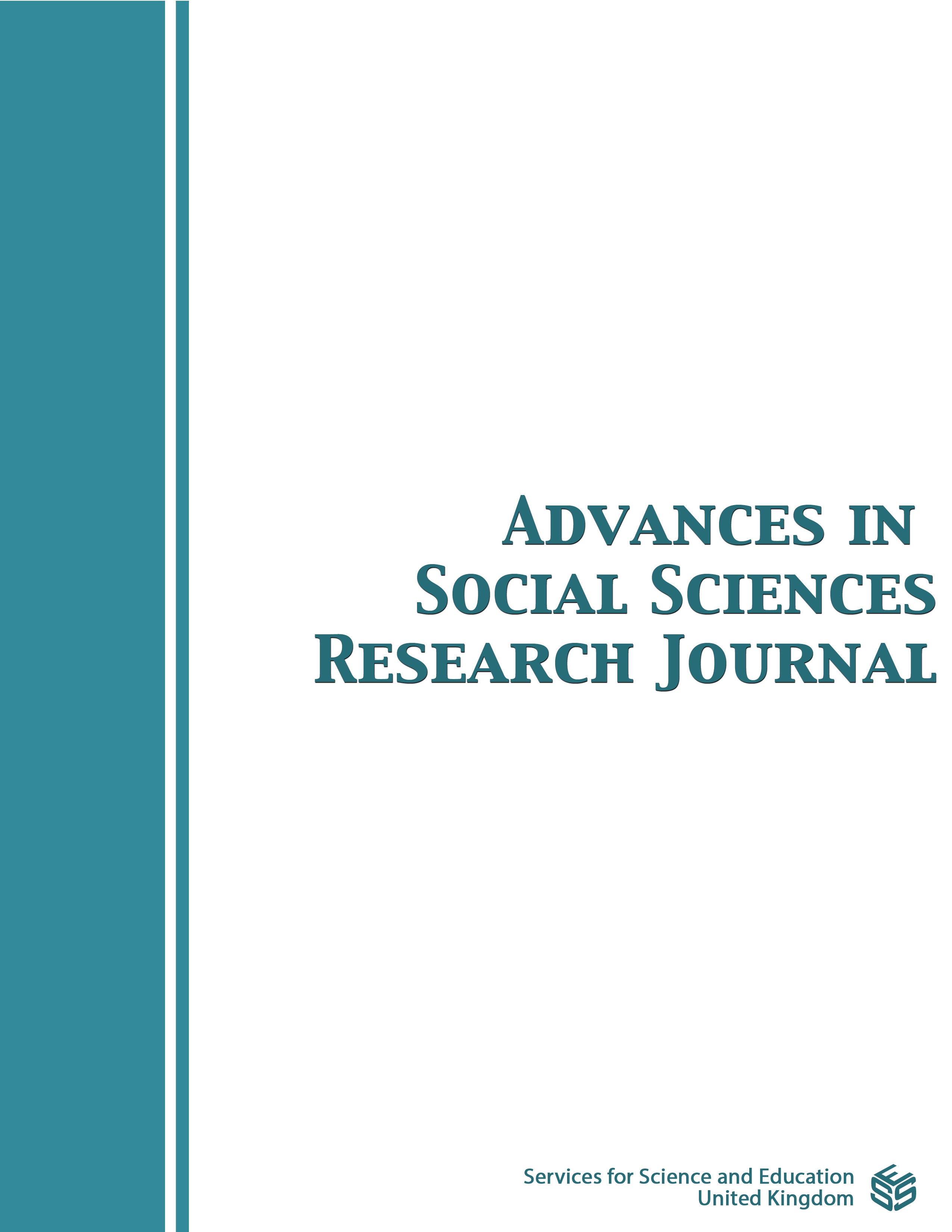The Determinants Influencing Consumer Acceptance of Innovative Traditional Food Products: A Systematic Literature Review
DOI:
https://doi.org/10.14738/assrj.106.2.15006Keywords:
Innovative Traditional Food, Food Innovation, Traditional Food, Consumer AcceptanceAbstract
Over the past few decades, food firms and government agencies have shown a growing interest in traditional foods. In order to preserve or increase market share and profitability, the traditional food sector, like all other sectors of the food business, must continually innovate and develop its products. Nevertheless, compared to certain other industries, the traditional food business has more challenges with innovation. Many innovative food product introductions fail. Conflicts arise when the intersection of cutting-edge and traditional dietary ideas is too pronounced. Therefore, this study systematically reviews the complex academic literature to assess the main factors that affect consumer acceptance of innovative traditional food products. The purpose of this review is to a total of 20 selected papers were chosen that specifically focused on the area of traditional food innovation acceptance among consumers as the main topic. Specifically, the acceptance of innovation in traditional foods seems to be clustered under five main factors: maintaining traditional characteristics, health and safety concerns, familiarity and reducing ambiguity, type of food consumers segment, and convenience and practicality. Therefore, there are certain ways to innovate traditional food products without compromising their image, which serves as their primary competitive advantage. These opportunities particularly revolve around maintaining the authenticity of the product. As long as there are no modifications to the sensory quality, innovations that enhance food safety, boost nutritional quality, or make it more convenient are generally received favourably. The findings from this study will aid the food companies, entrepreneurs, private and public agencies to fully recognise consumers' perception and evaluations concerning innovative traditional food attributes and enhance consumers’ responses towards different innovative categories of food products.
Downloads
Published
How to Cite
Issue
Section
License
Copyright (c) 2023 Khairunnisa Mohamad Abdullah, Lennora Putit

This work is licensed under a Creative Commons Attribution 4.0 International License.
Authors wishing to include figures, tables, or text passages that have already been published elsewhere are required to obtain permission from the copyright owner(s) for both the print and online format and to include evidence that such permission has been granted when submitting their papers. Any material received without such evidence will be assumed to originate from the authors.






